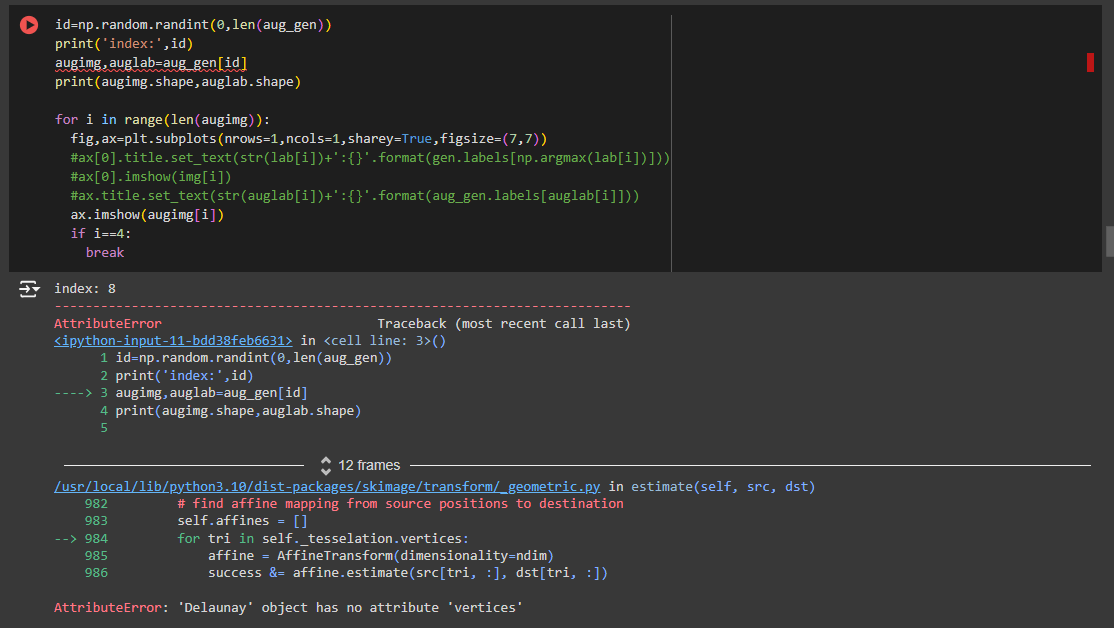- This code is a custom implementation of the Supervised Contrastive Learning paper.
- This code implements a custom supervised contrastive learning approach and compares it with a traditional fully supervised learning method using the Imagenette dataset.
- To train a model using self-supervised learning with contrastive loss to achieve robust and discriminative feature representations.
- Train an encoder network using contrastive loss on unlabeled data to learn meaningful embeddings.
- Visualize the learned embeddings to verify the quality and separability of the features. Compare the performance and stability of the self-supervised model with a fully supervised model trained on the same dataset.
- The self-supervised contrastive learning model achieved a stable accuracy curve and well-separated clusters in the embedding space.
- The fully supervised model showed a less stable accuracy curve and tightly knit feature clusters, indicating potential difficulties in distinguishing between different classes.
- Above image shows a steady increase in the model's accuracy using the most basic model using a custom contrastive loss.
- Above image shows an unstable movement in the accuracy using a fully supervised Resnet50 model.
- I have mentioned another custom implmentation similiar to mine in the Sources section.
- Above image shows the loss curve of the other custom implementation.
- Above image shows the loss curve of my implementation.
-
tfa.losses.contrastive_loss: TensorFlow Addons Module. -
tfa.losses.npairs_loss: TensorFlow Addons Module. -
tfa.losses.triplet_hard_loss: TensorFlow Addons Module. -
tfa.losses.triplet_semihard_loss: TensorFlow Addons Module. -
supervised_nt_xent_loss: Supervised normalized temperature-scaled cross entropy loss. A variant of Multi-class N-pair Loss from (Sohn 2016) Later used in SimCLR (Chen et al. 2020, Khosla et al. 2020). Implementation modified from: - https://github.com/google-research/simclr/blob/master/objective.py - https://github.com/HobbitLong/SupContrast/blob/master/losses.py.
-
contrastive_loss: Source: Hadsell et al. (2006). "Dimensionality Reduction by Learning an Invariant Mapping". Rationale: The loss is computed as the average of positive pair distances and the margin-based hinge loss for negative pairs. -
npairs_loss: Source: Sohn (2016). "Improved Deep Metric Learning with Multi-class N-pair Loss Objective". Rationale: This implementation calculates the N-pair loss using exponential scaling and masking for the similarity matrix. -
batch_hard_triplet_loss: Same as below. -
batch_all_triplet_loss: Source: Schroff et al. (2015). "FaceNet: A Unified Embedding for Face Recognition and Clustering". Rationale: This implementation covers hard, soft, and semi-hard triplet loss variants using pairwise distances and appropriate masking. -
nt_xent_loss: Source: Chen et al. (2020). "A Simple Framework for Contrastive Learning of Visual Representations" (SimCLR) and Khosla et al. (2020). "Supervised Contrastive Learning". Rationale: This implementation scales logits with temperature and uses a mask for positive pairs, following the SimCLR and SupContrast approaches.
- Loss Functions Used by me were custom functions with the mentioned sources.
- This was also due to the fact that Tensorflow Addons Module is now deprecated as of May 2024.
- So to add to "CUSTOM" part of this implementation ; custom contrastive loss functions.
- If you're running the code on Colab (like i did) you might encounter this error.
- Try Running this code before the cell.
!pip install --upgrade scikit-image- This code is a custom implementation of the Supervised Contrastive Learning paper.
- Another good implementation can be found here.
Note :
- The code mentioned above is used for comparison purposes only.
- It will not run as it contains the use of deprecated packages(TensorflowAddons).




